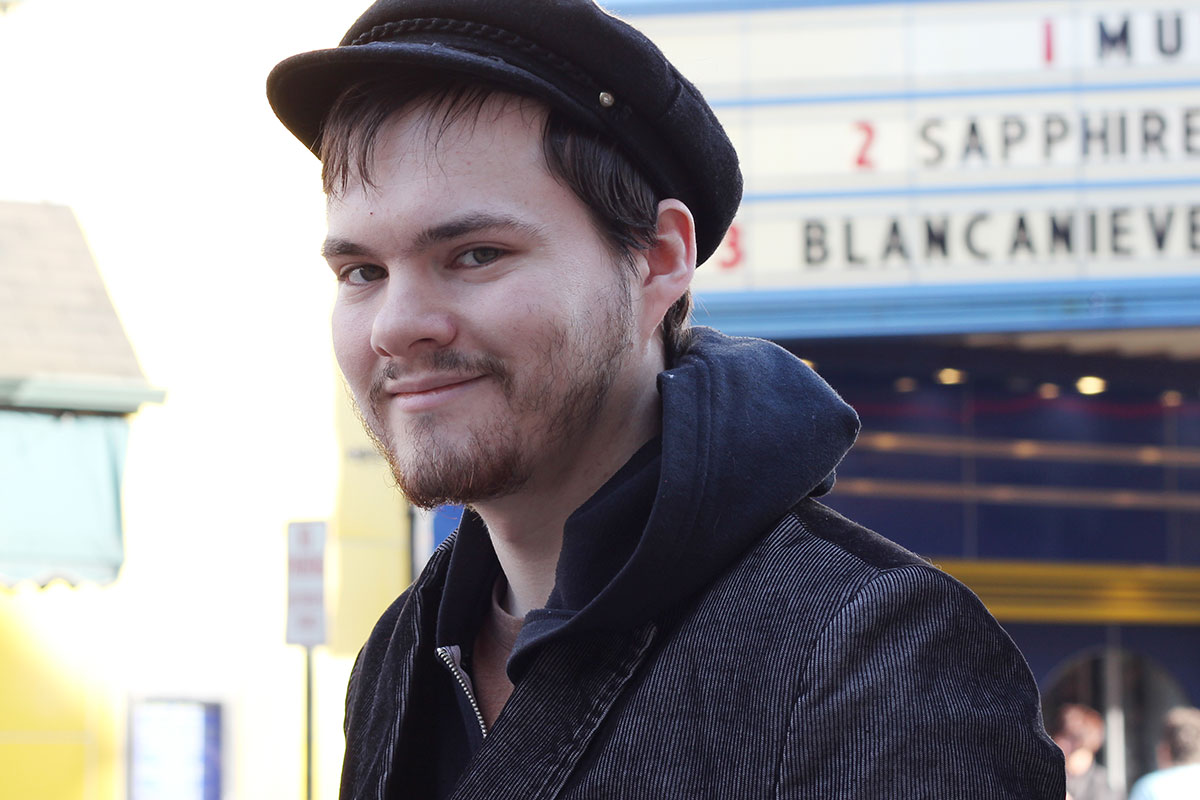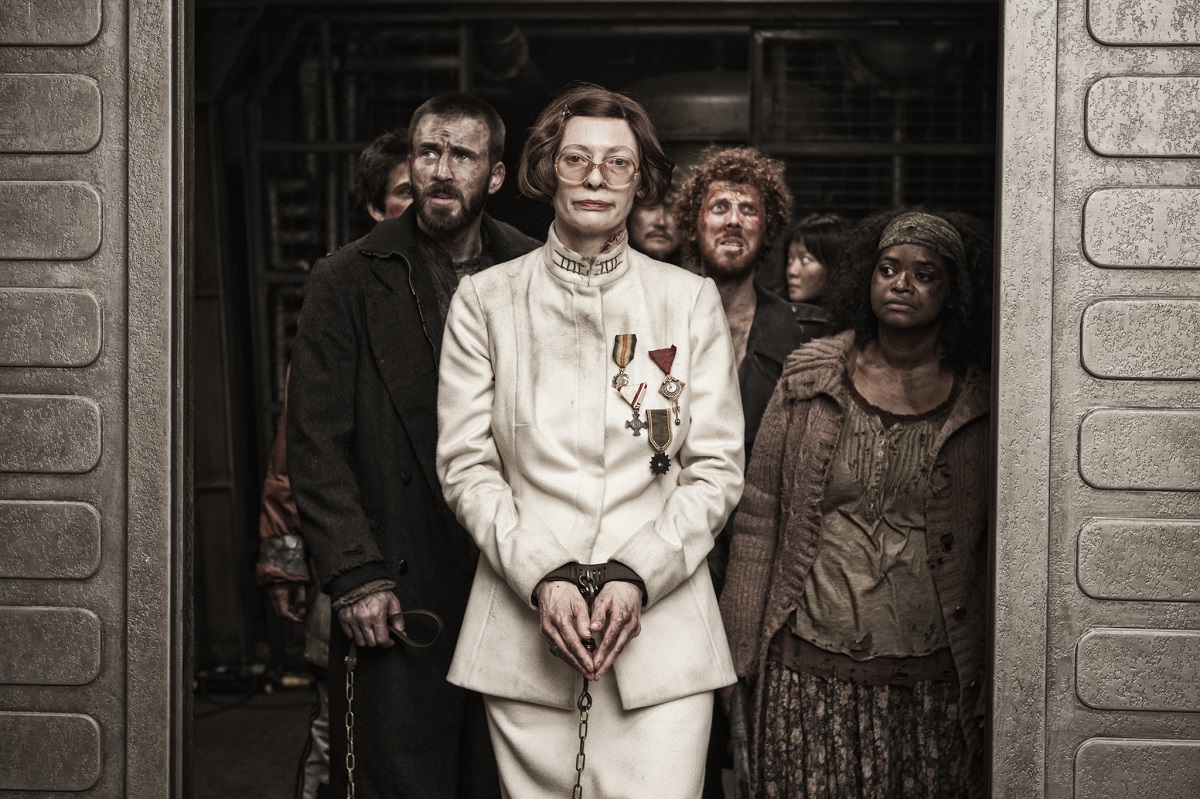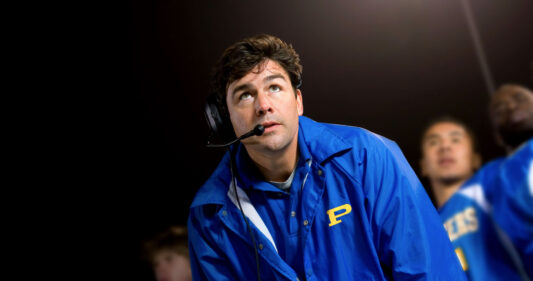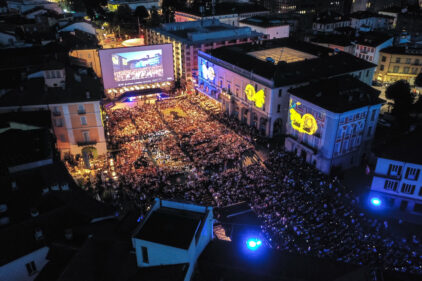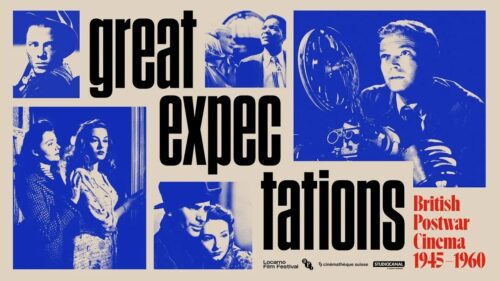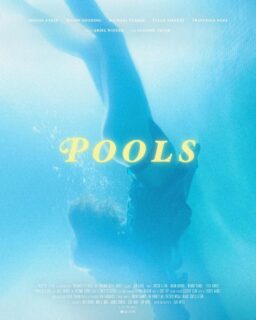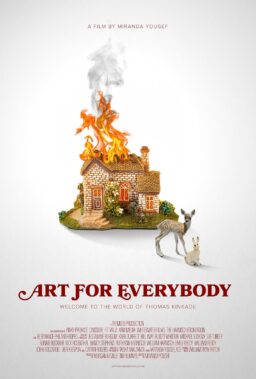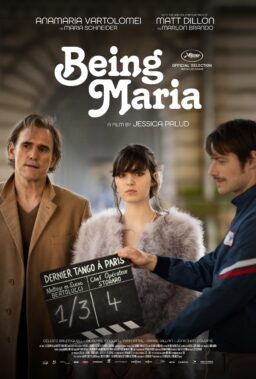The source of Bong Joon-Ho’s “Snowpiercer” is a graphic novel written in 1982, a time of political uncertainty for many countries, but it’s more accurate to say that the film’s origins can be traced back to 1997. The language of big budget action movies, of which the film is a sterling example, experienced a tectonic shift that year and South Korea, Bong’s home, began suffering from an economic crisis that plagued most of Asia. Arthouse titans Jean-Pierre Jeunet, Tsui Hark, Paul Verhoeven, Luc Besson and John Woo all made gigantic action movies in English in ‘97 and each was faced with compromising their stylistic signatures in order to gain access to American studio support and audiences. Their warped ways didn’t entirely mesh with the American (narrative) economy and the results were frequently more interesting than good. Meanwhile, the Korean government was given a massive loan to keep from sliding into a lasting depression and a new generation of filmmakers started to emerge, perhaps aware that no one was telling their story. This period in Korean history, called the Sixth Republic, was full of ups and downs in the relationship between the government and the people, and this new generation of directors was there to reflect it in their increasingly macabre art. Though it would take him nearly a decade, Park Chan-Wook would become the first genre filmmaker of his generation to find popular success in the United States, followed most notably by Kim Jee-Woon and Bong Joon-Ho.

Park was the first filmmaker of the Sixth Republic to get to play with American money. His first movie in English, the 2013 film “Stoker,” is a mirror held up to the relationship between the governments of North and South Korea and the ever-widening rift between the South Koreans themselves. In it, a broken family is breached by a long-lost, black sheep uncle who seeks to pervert the happiness he sees, unaware that they are already twisted in their own way. In Kim Jee-Woon’s English-language “The Last Stand,” another film obsessed by infiltrating borders, Arnold Schwarzenegger (another cold war ex-pat) has to stop a criminal and his gang from leaving the United States for Mexico. This wasn’t the first time the US have been name-checked by the Sixth Republic. Kim Jin-won’s “The Butcher” and Im Sang-Soo’s “The Taste of Money” hint at nefarious US influences afflicting South Korea. Each new voice had something to say about what caused the heartsickness of their country but there was no more astute a diagnostician south of the 39th than Bong Joon-Ho.
In Bong’s early features, upheaval broils beneath a satisfying, engrossing generic surface. 2003’s “Memories of Murder” plays like an early ’70s American crime thriller in Bong’s desire to expose the corruption and inefficiency of the South Korean police force before the film can get around to solving its central crime. His 2006 film “The Host” blames a shady US Army bureaucrat for the creation of a fish-monster in the sewers below Seoul; Godzilla in miniature, released the same year that Kim Jong-Il’s North Korean government tested some of its nuclear weapons. In Bong’s next feature, the Oedipal noir “Mother,” a middle-aged woman goes looking for proof that her son is innocent of murder and doesn’t like what she finds. One can imagine similar disappointment when South Korean civilians realized that President Kim Dae-jung’s efforts to broker a treaty with the North Korean leadership under the auspices of the Sunshine Policy were the result of bribes and corruption; allegations that came to light after Kim had been given the Nobel Prize for his actions. Kim died in 2009, the same year “Mother” premiered and another nuclear weapons demonstration took place. 2009 also saw the release of another film about mother nature rebelling against her tormentors: “Chaw” by Shin Jeong-Won about a giant warthog hunting the rich in a resort town. All this mere months after the Sunshine Policy fell apart following the murder of a Southern tourist named Park Wang-Ja by Northern soldiers in a supposedly safe zone. Incidents like that remind one that neither country has ever signed a peace treaty after the war that split them ended in 1953. In the wake of this avalanche of defeat, the Sixth Republic filmmakers with a significant following and an interest in criticizing the state started moving to greener pastures. The truth was being buried alive and they didn’t want to go with it.

Corruption and paranoia return in Bong’s “Snowpiercer,” based on the graphic novel by Jacques Lob, Benjamin Legrand, and Jean-Marc Rochette. Like “Stoker” and “The Last Stand,” it’s a parable and an international co-production (produced by Park’s company Moho Films) shot largely in English, though the cast members hail from Iceland, Romania, and South Korea. The action is confined to the train of the title, set after a solution to global climate change backfired and coated the planet in ice. The rich ride up front, the poorest in the back, leaving the middle for the working class who do everything from teaching to making sushi. Those who dwell in the rear have attempted to seek fair treatment from the rich but their rebellions have never succeeded. They now place their hope in the leadership of a grizzled depressive named Curtis, played against recent type by Captain America’s soulful-eyed Chris Evans. Guided by the ideology of an ancient freedom fighter played by John Hurt, they might have a fighting chance this time.
The train as metaphor for a corrupt and riven society isn’t especially subtle, nor should it be. It’s already made a number of people nervous. Pugnacious American distributor Harvey Weinstein tried and failed to cut twenty minutes out of the film to make it more palatable to, as he apparently put it, “people in Iowa and Oklahoma,” assuming that there could be no one in Middle America willing to meet an auteur halfway just because they lived in the places where Ayn Rand’s Galt Line might have traveled in Atlas Shrugged. That comparison’s important because with every new clue about the villain, the shadowy governor Wilford (played by Ed Harris), it becomes clear that he’s nothing less than one of Rand’s billionaire railroad magnates given a thin makeover.

Wilford’s backstory is fully explained in a shiny, kid-friendly video that recalls a piece of North Korean propaganda. Wilford was considered crazy in his day for wanting to unite the whole planet by railway, but he had the last laugh when his railroad became the last safe place on earth. Now he’s become a legend, “the divine keeper of the sacred engine”, as his lieutenant, a wonderfully compassionless Tilda Swinton puts it, whose name is invoked like that of God or The Great Leader. And like Henry Reardon or Kim Jong-Il, his idea of what makes for a perfect society are deeply suspect. Prototypically Randian, Wilford suffers from what filmmaker and theorist Luc Moullet calls “Rockefeller’s Dilemma”; he’s been isolated from the poor for so long he forgets that there are perspectives other than his own. He assumes that because the idea of survival and a measure of immortality is all that matters to him, it must matter to them. Fittingly he’s undone by sacrifice, rationing, and collectivism.
We don’t know much about Curtis at the outset. He’s earned the trust of his fellow riders, his judgment is shrewd, he’s been programmed to find weakness not just in the enemy but himself, too. As he and his crew move further up the train it becomes clear he’s made his fair share of mistakes. Overthrowing Wilford has as much to do with improving the quality of life for the poorest citizen of the train as it does proving he’s not the monster he believes himself to be. His putting the greater good before himself winds up cutting off many of his limbs, metaphorically. He puts the cause, his people, above every one of his concerns, even though it causes him unimaginable pain in the long run.
The great divide between the passengers in the front and in the rear echoes both the recent global financial crisis and the one in 1997 that crippled the South Korean government. It’s not shocking to learn that his film is ideologically aligned with Obama-Era anti-drone actioners like the recent “RoboCop” reboot, “Oblivion” and “X-Men: Days of Future Past,” but takes grammatical cues from the action films of the mid-to-late ’90s. As noted above, 1997 in particular marked a major transition from a much more sober action film toward a bombastic one, and “Snowpiercer” sits squarely on the border. It takes its time building toward the action set pieces, taking great pleasure in the quiet moments between its characters. The conversations between Evans and Hurt are excellent, tender and tense for their optimistic outlook in the darkest time and place. They’re also a good deal more patient (which is to say, minutes longer and decibels quieter) and more emotional than we’re used to seeing in post-9/11 action filmmaking. When people sit down and talk in “Snowpiercer,” it doesn’t feel like a stopgap between explosions. The movie would not work without an ideological throughline and so the characters must let the audience know precisely what’s at stake.
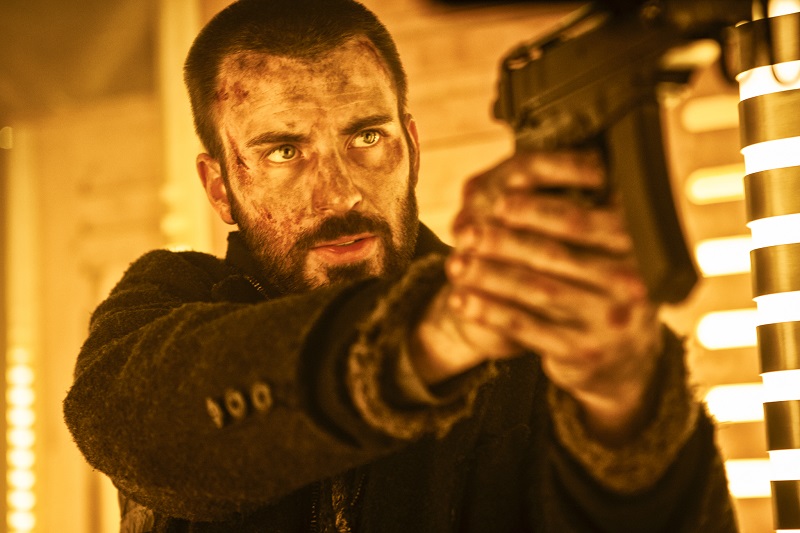
Just as John McTiernan and Kathryn Bigelow made expert use of claustrophobic submarine settings, Bong commands his interiors like a general, letting the camera’s movement inside the train do a lot of dramatic heavy lifting. Repeated shots of Evans in profile moving from left to right make thrilling use of the tight restrictions of the setting. These only work because Bong has established every cramped inch. He also engineers a few pulse-pounding long takes through the cars, as when the mute Grey (Luke Pasqualino) races through several compartments to lay a giant enemy low, the other passengers cheering him on as he goes. Bong has made the dimensions of the film clear in the set-up and every new step taken is a major victory. The danger feels more real without cutting corners and the payoffs are both more satisfying and effecting.
“Snowpiercer”’s occasional bouts of shaky cam and hulking un-killable villain (Vlad Ivanov) can be also be traced back to 1997. Movies like Simon West’s “Con Air,” Michael Caton-Jones’ “The Jackal,” Roger Spottiswoode’s “Tomorrow Never Dies” were evidence of a change in the language of action films. Compare John Carpenter’s “Escape From New York” with its ‘96 sequel “Escape From L.A.” and the changes in the nuts and bolts operations of action thrillers becomes immediately apparent. Silence and stillness were on their way out and the hyper-kinetic quest to fill every second with ‘entertainment’ had begun. Perceived boredom became the enemy of studio films. The next few years would see “Armageddon” by Michael Bay, “Ronin” by John Frankenheimer, “Enemy of the State” by Tony Scott, and finally “The Matrix” by The Wachowskis. Characterization fades away; the stock bad guys are replaced by vague, region-free threats; dialogue becomes less clever and more functional; directors become less patient with their images.
Bong’s direction is quite clearly the product of 2013 (the unfortunate CGI exterior shots especially), but it’s influenced by the moment that the action film paradigm changed. With “Snowpiercer,” Bong finds himself faced with the same questions that once plagued Jean-Pierre Jeunet, Tsui Hark, Paul Verhoeven, Luc Besson and John Woo: how to make their idiosyncrasies palatable to a mammoth, unknowable patronage. Understandably, he picks and chooses from their experiments. From Jeunet’s “Alien: Resurrection,” he takes a tactile grotesqueness and carnivalesque atmosphere; from Hark’s “Double Team,” a complex mythology for his villain and setting; from Verhoeven’s “Starship Troopers,” a wry but fierce political bent; from Besson’s “The Fifth Element,” a balletic approach to his action sequences; from Woo’s “Face/Off,” relentless action and an air of hopelessness. These movies wrestle with their duties to genre, often playing like bizarre comedies interrupted by gunfights like a speedboat hitting a rock. In Bong’s hands, these elements don’t grind against the blockbuster model so noticeably.
In other words, he has finally broken the streak. “Snowpiercer” may be in its director’s second tongue but it succeeds as both angry polemic and gripping action movie. The compromises are not with his vision, merely in the running time allotted for set pieces, and, crucially, they feel like decisions that Bong himself made. It’s a sci-fi movie with a liberal heart that can’t be hidden by explosions or studio interference; a blockbuster that wants you to be angry. It’s the spiritual heir to leftwing genre juggernauts like “RoboCop,” “Day of the Dead” and “They Live!”—the kind of film I didn’t think they made any more.
